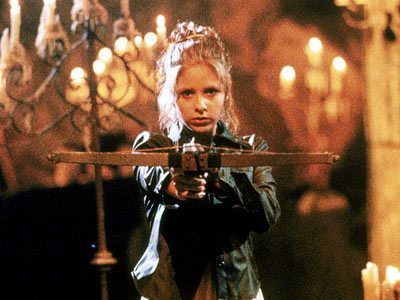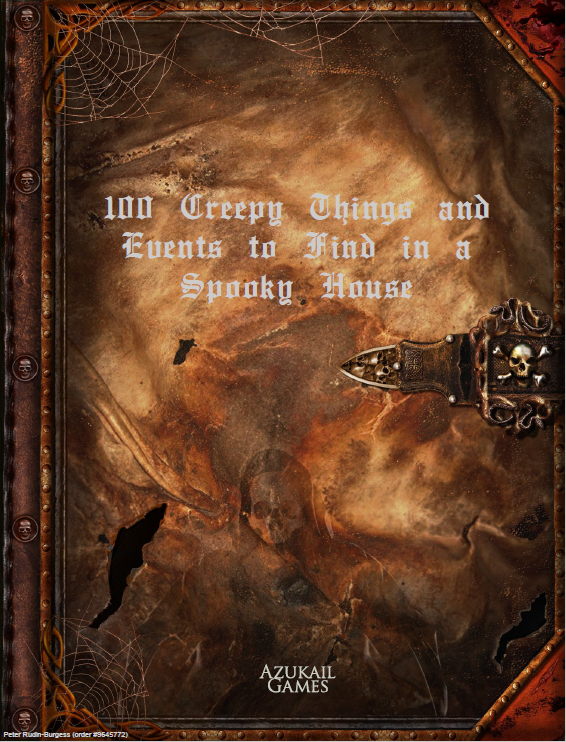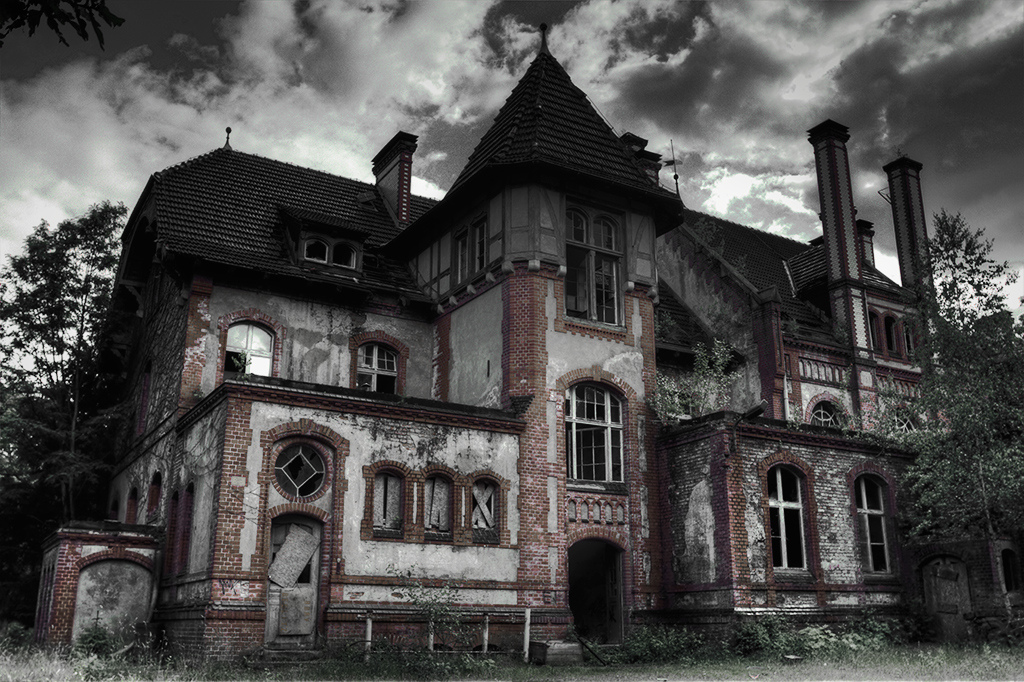There has always been basic indications that the Rolemaster spell realms operate under different mechanics. Essence and Channeling are affected by armor, Mentalism by helms, verbal and hand gestures are necessary components of Essence but not so much Mentalism etc. At the same time, the general casting mechanics of 3 rounds for most spells were uniform across the three realms without any serious mechanical differences.
Most of these rules were more the result of built in game tropes, the need for “balance” and to facilitate gameplay (combat) than any rigorous attempt at realm differentiation. During our Spell Law rewrite (Project BASiL), we started from scratch—deconstructing the various spells, powers, categories and casting requirements and then rebuilding spells and realms in an intuitive and organic fashion.
A few questions, points & thoughts we had at the start:
- Should each realm have better differentiation in spell powers? All three realms share a number of common lists: spell defense, movement etc. Wouldn’t it be better to have more unique & separate abilities for each realm? Do realms need better guidelines for spell power assignment?
- Are Alchemist spells really “Essence” realm. The imbedding spells don’t really work as a typical Class I-III spells and imply a number of other factors (materials, crafting, time etc).
- Do Symbols, Runes, Signs, Glyphs etc require different casting requirements since their casting depends on writing/inscribing?
- Do Bard spells fit into Mentalism (or Essence) when their efficacy is based on a performance?
- Do Illusions depend on the casters memory to properly reconstruct an image? How does that work into the SCR?
- What is the verbal/hand component of spellcasting? Do spell books come in a variety of languages? Is the verbal component a native tongue or something else?
- Should casting times be broader than 1-3 rounds?
- Why can’t spell users learn spells from multiple realms? Does this really create a “balance” issue?
- Do PC’s really need a realm assignment? Do PP’s really come in 7 varieties? (essence, ment, chan, ess/chan, ess/ment, ment/chan, arcane). Does that make sense? Do PC’s need separate pools of spell casting power for each of those? Do PP multipliers need to be tuned to 6-7 different power flavors? How does that tie into magic item creation? Why?
- Why is Alchemy “Essence”? Channelers can’t make magic items? Should Mentalism powers be subject to imbedding?
- How much of Spell Law is setting specific? How much needs to be?
Some of these issues have been partially addressed in companions or touched upon in RMU but these are all add-on rules that created one-off situations rather than a cohesive foundation for the Spell system.
For us the solutions mostly presented themselves. Our first step was to reclassify spell “Realms” based on the casting mechanics and the boundaries and scope of the realms powers. This required re-defining and expanding on the 3 traditional “realms”.
| Realm | Scope of Power | Casting | Ancillary Skill |
| Essence (Conductive) | Elemental, physics, physical manipulation | Verbal, Gesture, sensitive to encumbrancde | Magical Language |
| Channeling | Miraculous, spiritual, spirit manipulation, lifeforce | Verbal Plea | Prayer |
| Mentalism | Single target, mind related, self enchancement | Concentration | Mental Focus |
| Imbedding (Investiture) | Imbedding magic into physical objects | Repetition | Power Points, maybe crafting |
| Written (Inscribed) | Wards, protection, summoning, defense, triggered | Quality, accuracy, durability of inscription, | Rune Skill: runes, glyphs, symbols, circles, wards, signs, tattoos |
| Performance (Rendered) | Mass effects, mood, behavior, control | Verbal, visual, sound, perceptual | Performance skill: music, instrument, singing, dance etc |
| Intrinsic (Natural Magic) | Setting/Ecology | At will, focus | Depends/none |
| Incidental (Cantrips) | Minor | Focus | None |
Once we built this basic framework we could develop specific casting rules and create new spells that easily dropped into their appropriate “realm”. This also facilitates a scalable process of introducing new or unique lists, setting specific magic or even build new Realm categories as needed without trying to shoehorn into the limitations of the original Essence, Mentalism or Channeling paradigm. Some examples are Moon Magic, Warrens(Malazan), Blood Magic, Arcane, Spirit/Totem etc).
In Part II we’ll start with Essence.












